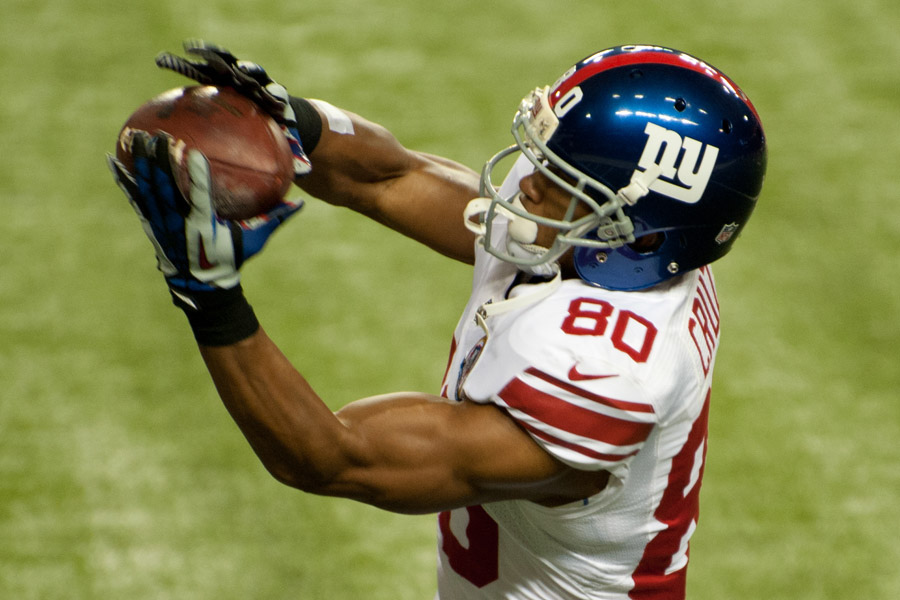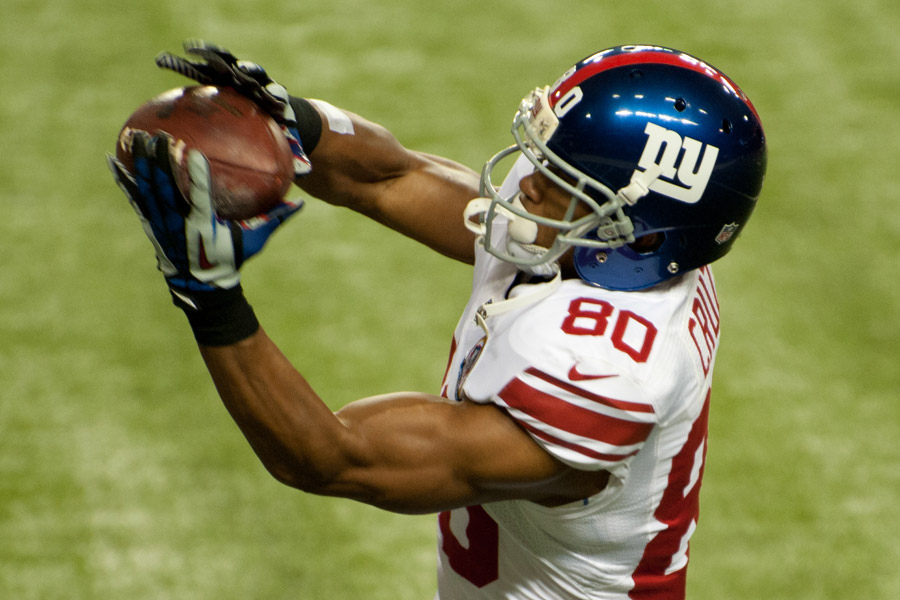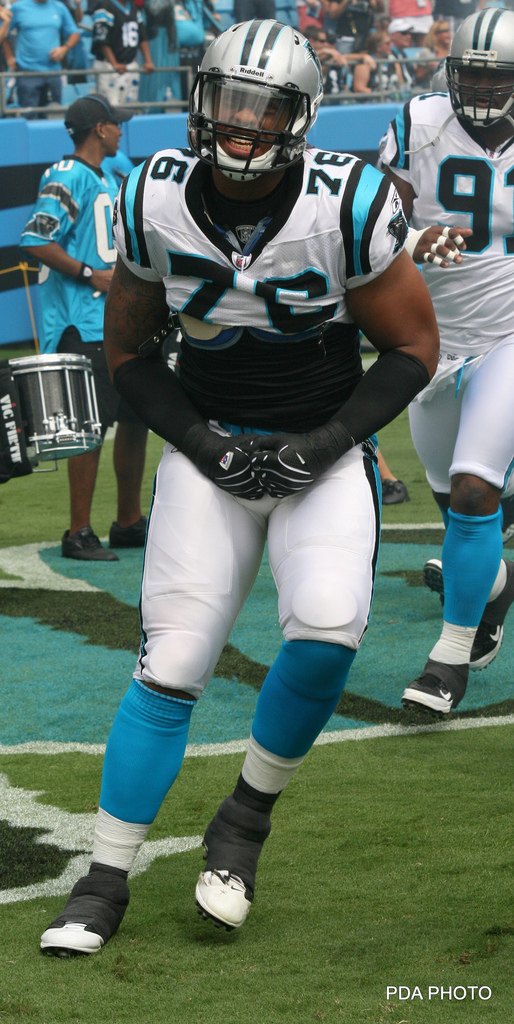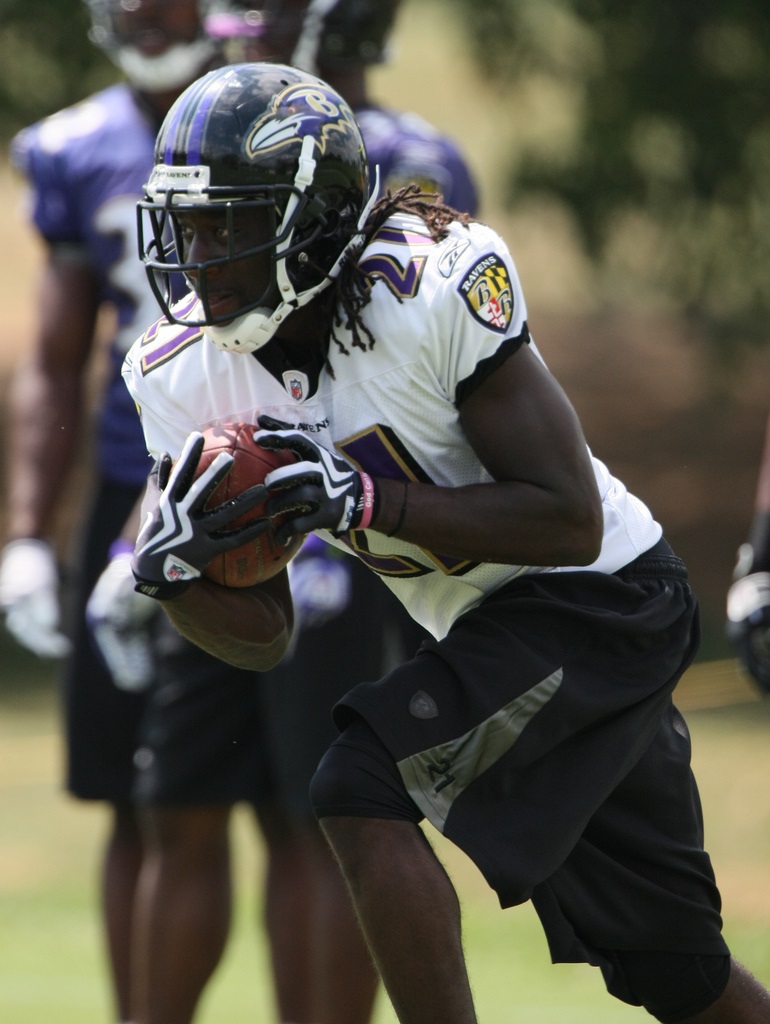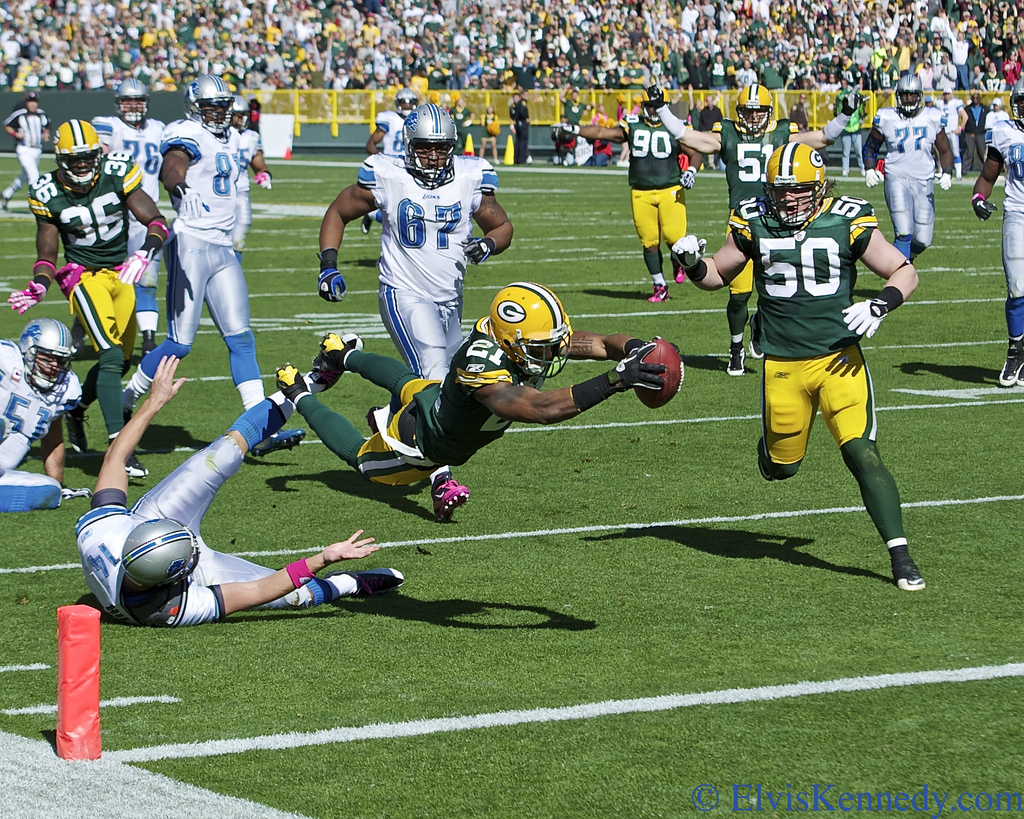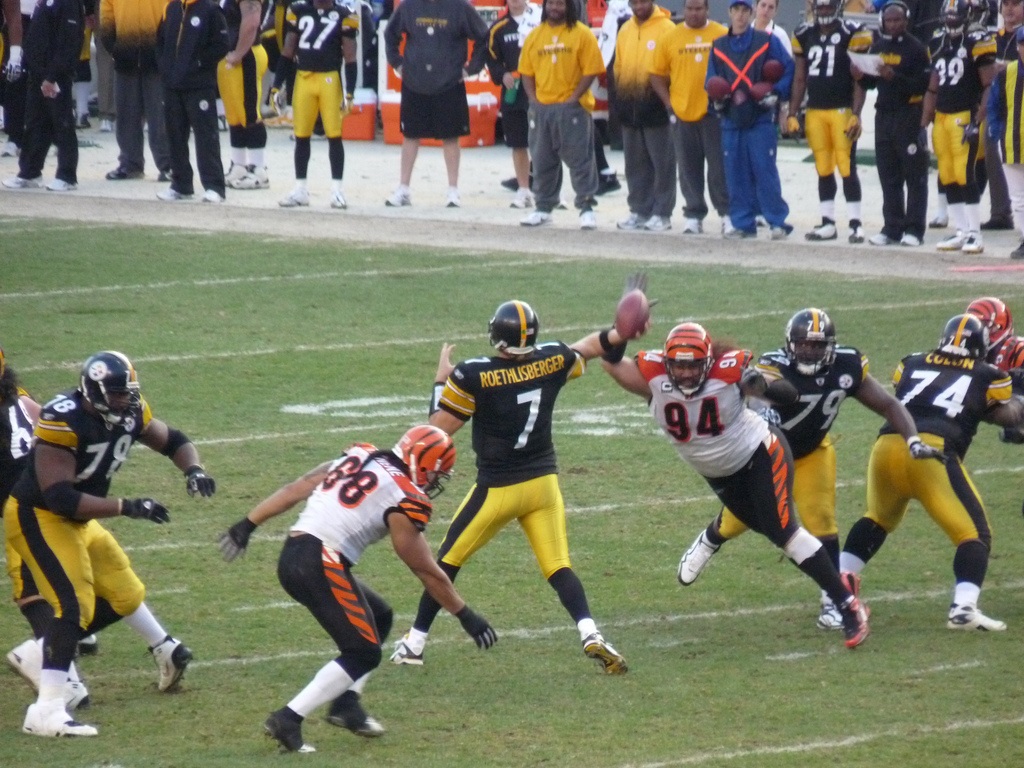
Last week, I compared joining the staff of Footballguys to being the new kid in a neighborhood pickup game. If that’s the case, then veteran staff writer Jason Wood is that kid in the group who is friendly, but isn’t taking everything he sees at face value. All your new-found friends may have bought into the what you showed them on the sand lot in the first game, but Wood’s going to need a few games before he gives his take.
Although he doesn’t have to be the leader, he’s more than capable. He’s the valuable teammate who will give it to you straight if you ask, but he’ll do what’s best for the group. It also means he’s not prone to empty praise and he’s a good barometer for gauging whether people, ideas, and projects are going to cut it.
So when he wrote this email to our staff this morning about the Footballguys Magazine Draft Kit App, I decided it was worth sharing with more than just our internal staff email.
Guys,
Most of you know I’m not generally prone to hyperbole, so please understand that when I say I am FLOORED by the magazine, I mean it. It’s astoundingly impressive. In looking through it this morning, it gave me the same sense of wonderment and excitement I got the first time I cracked open the FF Index magazine back in the day and KNEW that I had an edge over most of my league. It’s the same sense of elation I got the first time I discovered the Mr. Football site or stumbled into our old old old school message boards and struck up intense debates with folks…KNOWING that this was going to make me a better fantasy owner.Such an impressive effort. It will be an absolute shame if this isn’t THE talk of this fantasy football season.Awesome efforts on the tech front, and also well done to all my fellow writers who pulled together such fantastic content.Woodrow

You like rankings? How about ADP? What about VBD? It’s all conveniently formatted above with great color-coded team abbreviations and a way to add specific players of note to a personal watch list on the app. How awesome is that?

Do you want to track your drafts? You can do this in the magazine. Nothing like an all-in-one information source and draft day tool kit.

Filter rankings according to your preferred Footballguys staff. View depth charts, top 300 lists and explore our player database.

Just like the Rookie Scouting Portfolio, what you get from the Footballguys Magazine Draft Kit far exceeds its value (just $4.99). If you aren’t a Footballguys subscriber and want taste of what the site has to offer you as a fantasy owner, this is a great way to start.
I love magazines and holding printed material in my hands, but if you want content that doesn’t die as the pages fade or dog-eared, this is the way to go. You can download it here.

















